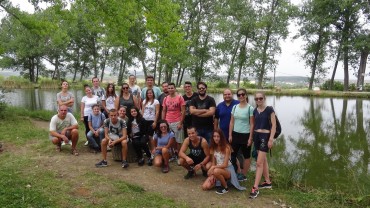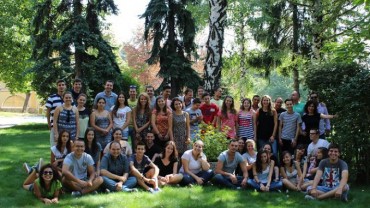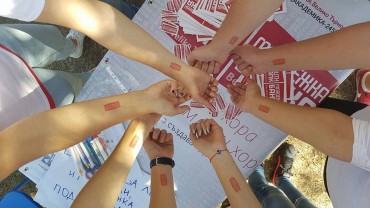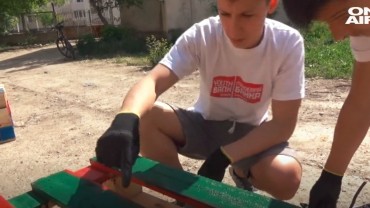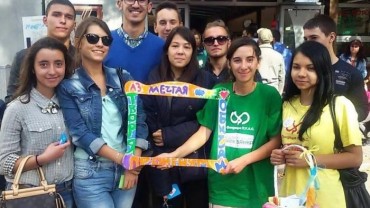Support us and donate money
The YouthBank model is being used in 26 countries and looking to expand. Awards have been given and a high impression exists in the places the model is being used. So what exactly is it?
“YouthBank is a unique way of involving young people in grant-making within their local community”[1]. This means, essentially, that youth (defined as people between the ages of 14-25 years) are given the tools to put grassroots development into their own hands, so that they can have a say in projects that are of interest to them. For example, in Dedoplistskaro, a small town in east Georgia, a project that was funded was called The Dream Camp. The Dream Camp is an afterschool project that offers students the opportunity to participate in a variety of interest groups ranging from literature to sports, and food is provided[2]. Another example would be the musical festival aimed at lessening the social isolation of blind students in Cluj, Romania. This event has been so successful that it has become an annual event and has even had an impact in the educational system of Romania[3]. Projects such as these demonstrate the positive and open mindset that youth have, as well as their desire and ability to make a significant difference in their communities and sometimes even beyond.
YouthBank started out in Northern Ireland back in 2000. Soon after, it spread to the Western Balkans and the rest of the Irish island. Its success is due to both its versatility and its faithfulness to its “Golden Rules”, which have been applied in all the countries where YouthBank is active[4]. These nine rules outline the main goals of YouthBank and how it should be applied wherever it is implemented. Ranging from being youth led to celebrating victories, the “Golden Rules” keep the YouthBank model true to its goals. In addition to this, there are several issues that have become poignant for the YouthBank model. Some of the issues targeted are youth employability, expanding inclusivity, and poverty[5]. With these issues in mind, it comes as no surprise that the YouthBank model is eagerly and effectively adapted to the wide range of countries that have had it implemented.





